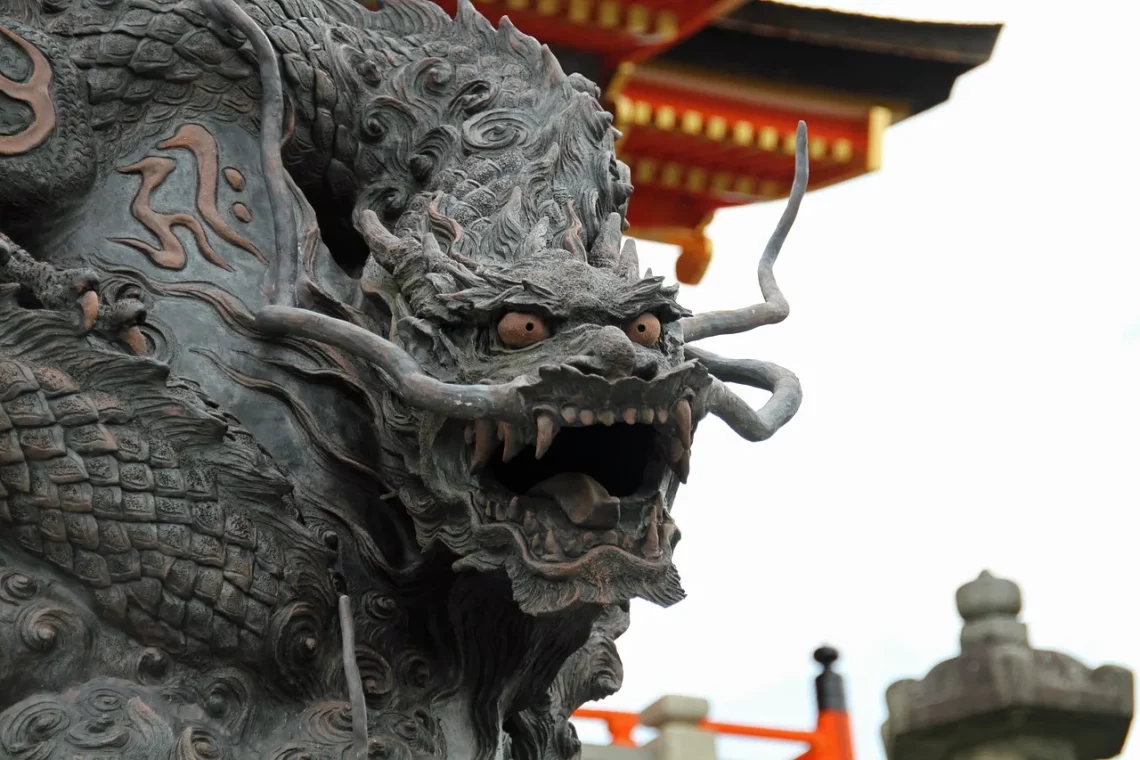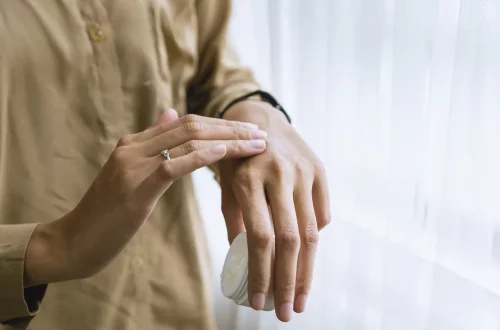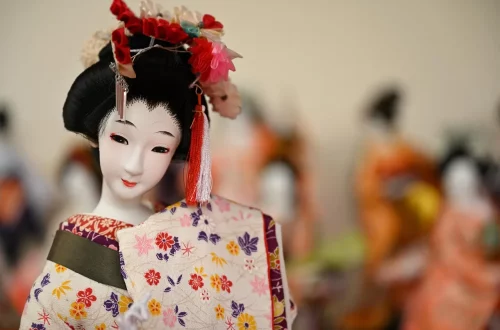
Understanding the Unique Traits of Black and Red Bearded Dragons
Bearded dragons, known for their friendly demeanor and unique looks, have become increasingly popular as pets. Among the various color morphs available, the black and red bearded dragons stand out due to their striking appearance and distinct personalities. These reptiles are not just visually appealing; they are also fascinating creatures with unique traits that make them captivating companions. Their vibrant coloration, combined with their relatively easy care requirements, has led to a surge in interest among reptile enthusiasts.
As reptiles, bearded dragons originate from the arid regions of Australia, where they have adapted to survive in harsh environments. Their ability to thrive in captivity brings joy to many pet owners, who often find themselves enamored with their bearded dragon’s quirky behaviors and interactive nature. Understanding the specific traits of black and red bearded dragons can enrich the experience for both the owner and the pet, fostering a deeper connection and ensuring proper care. The following sections delve into the characteristics, behavior, and care requirements of these eye-catching reptiles, highlighting what makes them truly unique in the world of pet lizards.
Physical Characteristics of Black and Red Bearded Dragons
Black and red bearded dragons are notable for their striking colors and patterns, which can vary widely among individual dragons. The black morph typically exhibits darker hues complemented by contrasting lighter shades, while the red morph showcases vibrant reds and oranges that can appear almost iridescent in certain lighting. This vivid coloration is a result of selective breeding practices aimed at enhancing visual appeal.
In terms of size, adult bearded dragons generally range from 18 to 24 inches in length. Their bodies are robust and well-proportioned, featuring a broad head and a flattened appearance that aids in thermoregulation. The distinctive beard, a series of spiny scales under their throat, can puff up dramatically when the dragon feels threatened or during displays of dominance. This is particularly pronounced in black and red bearded dragons, who may exhibit more pronounced beards than their lighter counterparts.
Another interesting physical characteristic is their skin texture. Bearded dragons have rough, scaly skin that helps them retain moisture, an essential trait for survival in arid climates. The scales also play a role in camouflage, allowing them to blend into their natural surroundings when necessary. Owners may observe their bearded dragons shedding their skin periodically, which is a natural process for growth and health. During shedding, the skin may appear dull, but it will become vibrant again once the process is complete.
Overall, the physical traits of black and red bearded dragons not only contribute to their beauty but also highlight their adaptations to the environment. Understanding these characteristics can help owners provide better care and create an enriching habitat that mirrors their natural surroundings.
Behavioral Traits and Social Interaction
Bearded dragons are known for their engaging behaviors and social interactions, making them a favorite among reptile enthusiasts. Black and red bearded dragons, like their other color morphs, exhibit a range of behaviors that reflect their personalities. They are generally calm and curious creatures, often enjoying interaction with their human companions.
One of the most fascinating aspects of their behavior is their method of communication. Bearded dragons use a combination of body language and head movements to express themselves. For instance, a slow head bobbing can indicate a friendly greeting, while rapid head bobbing may signal aggression or dominance. Additionally, these dragons often display “arm waving,” a behavior where they raise one front leg and move it in a circular motion. This is typically a submissive gesture, indicating that they do not pose a threat.
Social interaction is another essential element of their behavior. Bearded dragons can recognize their owners and often seek interaction by climbing onto their laps or sitting on their shoulders. This behavior demonstrates their affectionate nature and willingness to bond with their human caregivers. However, it is crucial to remember that while these reptiles can be social, they also require personal space and should not be overcrowded with companions, as this can lead to stress and territorial disputes.
In their natural habitat, bearded dragons are solitary creatures, so it is advisable to house them individually to avoid conflicts. However, providing enrichment through toys, climbing structures, and hiding spots can help stimulate their natural behaviors and keep them mentally engaged.
Understanding the behavioral traits of black and red bearded dragons can help owners create a nurturing environment that promotes healthy social interactions, ultimately leading to a more fulfilling relationship between the pet and its owner.
Care Requirements for Black and Red Bearded Dragons
Providing the right care for black and red bearded dragons is essential to ensure their health and well-being. These reptiles require specific environmental conditions, dietary needs, and regular handling to thrive in captivity.
First and foremost, the habitat setup is crucial. Bearded dragons need a spacious enclosure that mimics their natural environment. A terrarium of at least 40 gallons is recommended for adults, with a secure lid to prevent escapes. The enclosure should include a basking area with a heat lamp that reaches temperatures of 100-110°F and a cooler side that stays around 75-85°F. This temperature gradient allows the dragon to regulate its body temperature effectively.
Lighting is another vital aspect of their care. UVB lighting is essential for bearded dragons, as it helps them synthesize vitamin D3, which is critical for calcium absorption and bone health. Owners should ensure the UVB bulb is replaced regularly, as its effectiveness diminishes over time, even if the light still appears to be functioning.
Diet plays a significant role in the health of black and red bearded dragons. These reptiles are omnivorous, requiring a balanced diet of insects, vegetables, and occasional fruits. Young dragons tend to consume more protein-rich insects, such as crickets and mealworms, while adults should have a diet that is more plant-based. Leafy greens like collard greens, dandelion greens, and squash can provide essential nutrients.
Regular handling and socialization are also important for their well-being. Gentle interaction helps them become accustomed to human contact and decreases stress during veterinary visits or when cleaning their enclosure. However, it is essential to approach them calmly and allow them to acclimate to your presence.
By understanding and implementing proper care requirements, owners can ensure that their black and red bearded dragons lead healthy, happy lives, enriched by interaction and a well-maintained habitat.
In summary, black and red bearded dragons are not just visually stunning; they also possess unique behavioral traits and specific care needs that make them remarkable pets. Their physical characteristics, engaging behaviors, and care requirements combine to create a fulfilling experience for both the reptiles and their owners.
*Please note that this article is for informational purposes only and does not constitute medical advice. For any health-related concerns regarding your pet, please consult a qualified veterinarian.*




